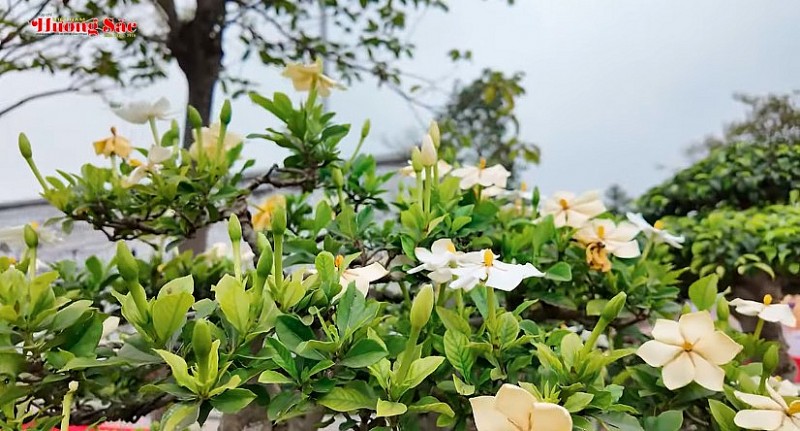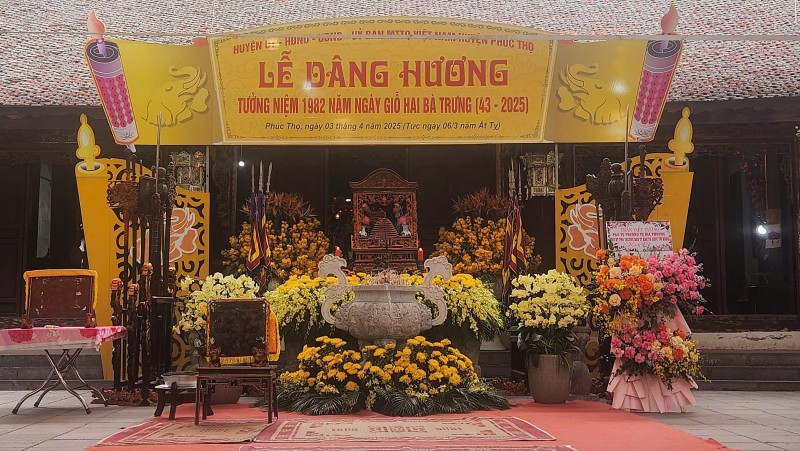Vietnam named one of Asia’s top wildlife watching destinations
Vietnam has just been listed by Wanderlust – a British travel magazine – as one of the top destinations for wildlife viewing in Asia. With its long geographical location and diverse ecosystems including tropical rainforests, limestone mountains, wetlands and more than 3,000 km of coastline, Vietnam is described as a “biological wonder” – home to an incredible abundance of rare flora and fauna.
Below are typical destinations on Wanderlust’s list, where visitors can combine exploring natural landscapes with unique experiences when observing wildlife in their natural habitat.
Con Dao (Ba Ria – Vung Tau)
Located off the southern coast, Con Dao consists of 16 large and small islands with mountainous terrain, pristine beaches and a rich marine ecosystem. This is the largest sea turtle conservation area in Vietnam, especially for green and hawksbill turtles – species that are threatened with extinction.
From April to November every year, thousands of turtles return to Con Dao beach to lay eggs. Visitors can sign up for a tour with a guide from Con Dao National Park to watch the egg-laying process at night, as well as release baby turtles into the ocean during the day. In addition, Con Dao is also home to dugongs, dolphins and colorful coral reefs. Part of the archipelago has been recognized as the only Ramsar Wetland in Vietnam.
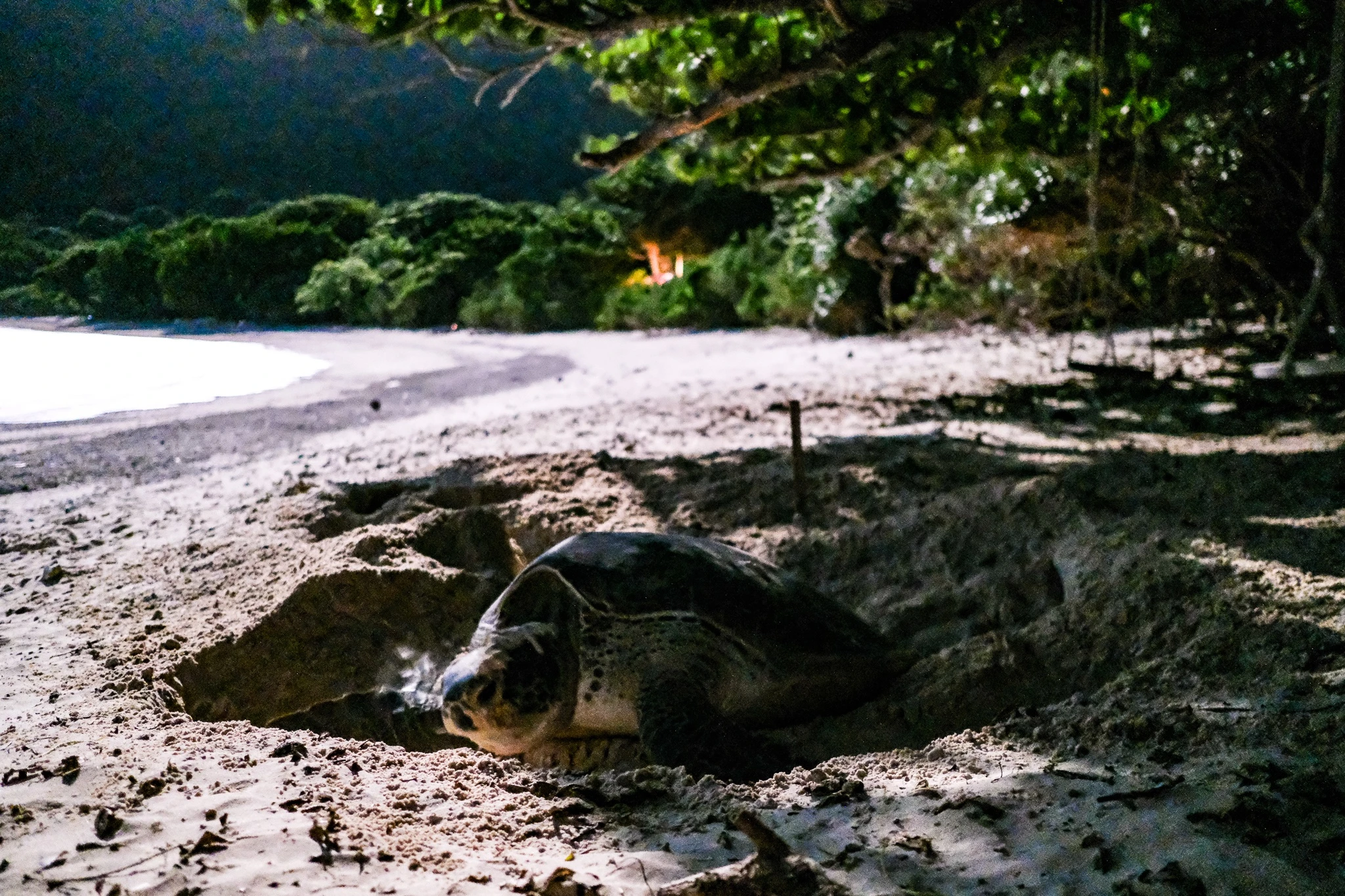 |
| Visitors will have the opportunity to admire mother turtles laying eggs at night and releasing baby turtles in Con Dao. Photo: Linh Huynh. |
Yok Don National Park (Dak Lak)
As one of the last remaining dipterocarp forests in Southeast Asia, Yok Don is an ideal destination for watching Asian elephants in a semi-wild environment. From about 2,000 individuals in the 1980s, the number of elephants in Vietnam is now only about 200. Many of them live in the forest area of Yok Don, near the Cambodian border.
In contrast to the previous form of elephant riding, visitors can now walk through the forest with a guide to learn about the life and habits of elephants that were once captive and are now free in the wild. In addition, Yok Don also attracts bird watchers with more than 300 species, including the red-crowned crane - the symbol of the Central Highlands.
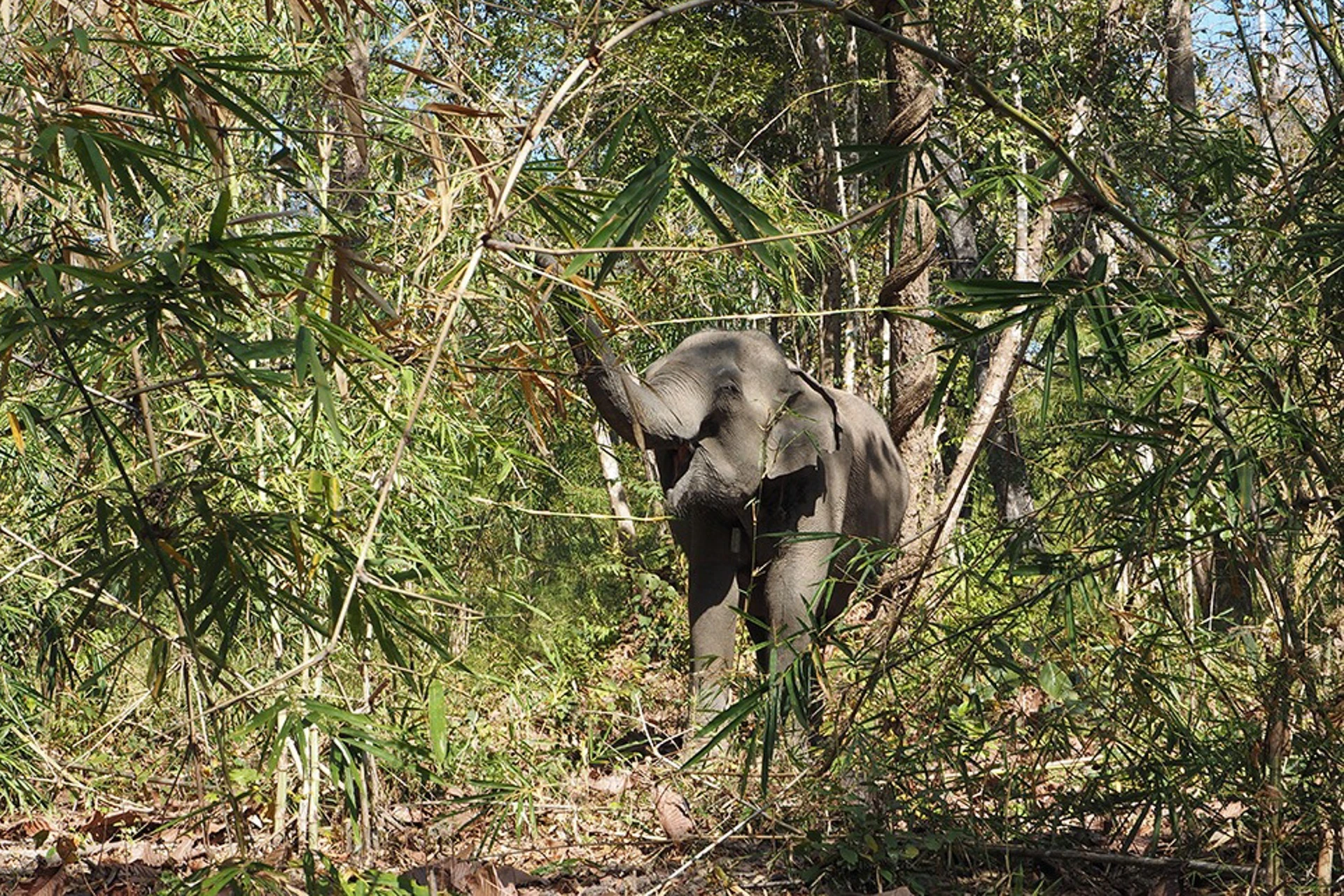 |
| The best place to see Asian elephants is in Yok Don National Park. |
Cat Ba Island (Hai Phong)
Located on the southern edge of Ha Long Bay – a UNESCO World Heritage Site – Cat Ba is home to the rare Cat Ba langur. There are only about 80 of these primates in the wild, mainly concentrated in the limestone forest area of Cat Ba National Park. Adult langurs have yellow fur around their faces, while newborn langurs are bright orange, making them easy to spot.
They have the unique ability to drink seawater to survive – a rare adaptation in the primate world. Visitors can sign up for trekking tours in the National Park in the hope of catching a glimpse of this animal in the wild.
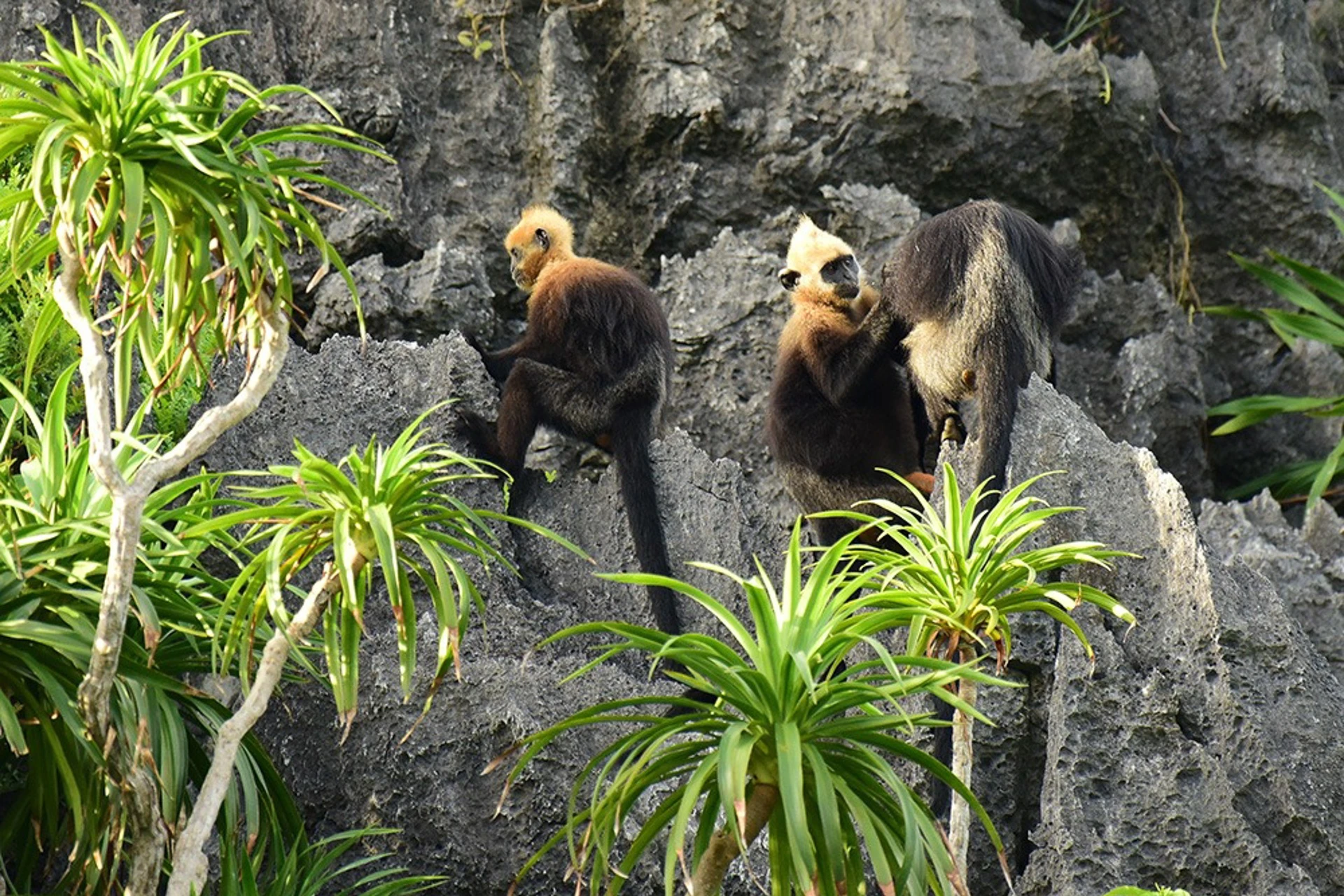 |
| The Cat Ba langur, also known as the golden-headed langur, is critically endangered. |
Cuc Phuong National Park (Ninh Binh)
Vietnam’s first national park, Cuc Phuong, located about 120 km from Hanoi, is a top destination for observing rare primates. Here, visitors can visit the Endangered Primate Rescue Center, which conserves many endemic species such as the Tonkin snub-nosed monkey and Delacour’s langur – species found nowhere else in the world.
In addition, Cuc Phuong is also home to large animals such as clouded leopards, Asiatic black bears, and many rare birds such as the hornbill. Trekking tours last from 1 to 3 days, combined with camping in the forest, increase the chance of encountering animals in their natural habitat.
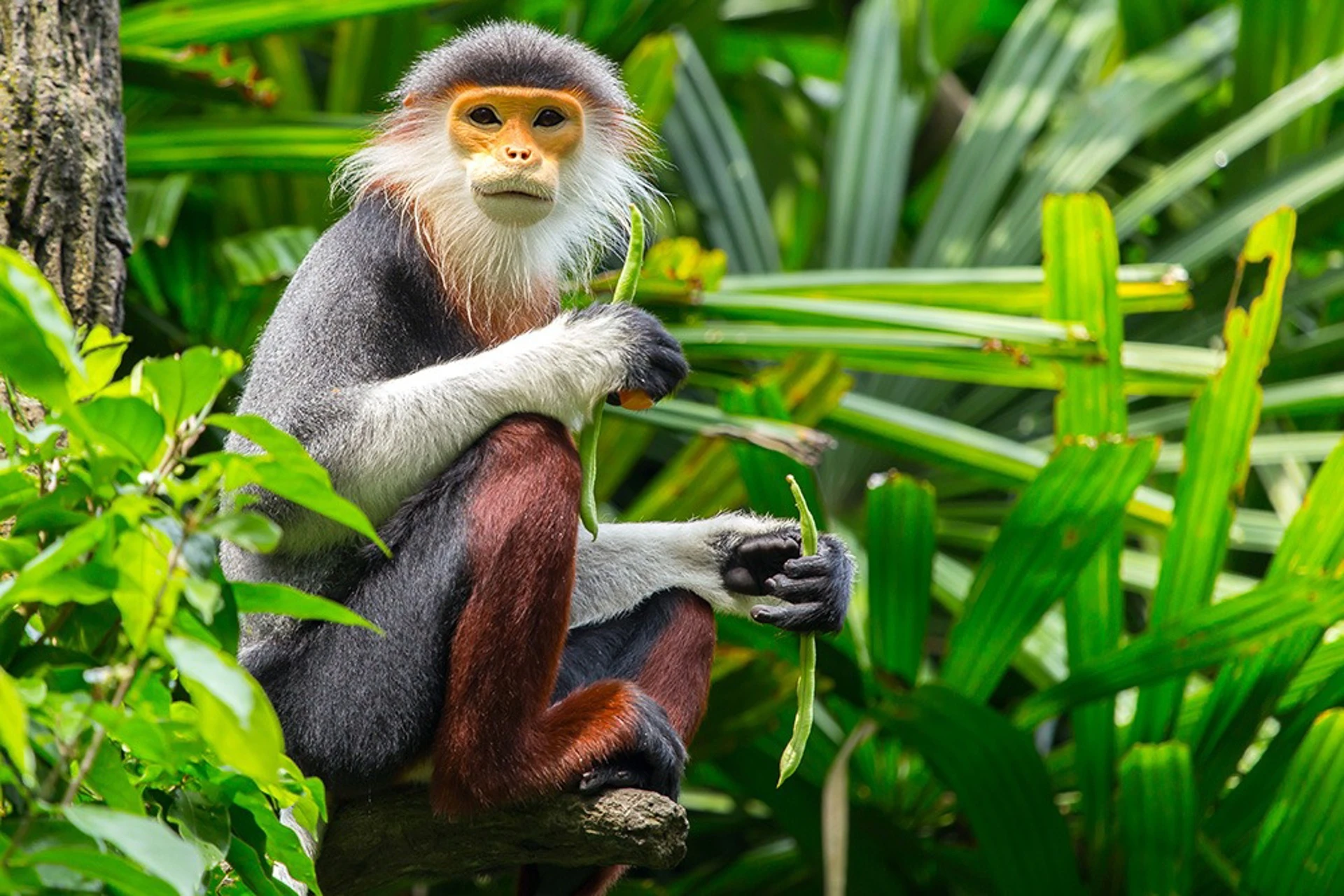 |
| The red-shanked douc can be found in Cuc Phuong National Park |
Son Tra Peninsula (Da Nang)
Only about 20 minutes from the center of Da Nang, Son Tra Peninsula is the “home” of more than 1,000 red-shanked douc langurs – one of the most beautiful primates in the world, with a brilliant coat color of red, white and gray. Thanks to the conservation efforts of GreenViet, Son Tra langurs are increasingly better protected and have become an ecological symbol of Da Nang.
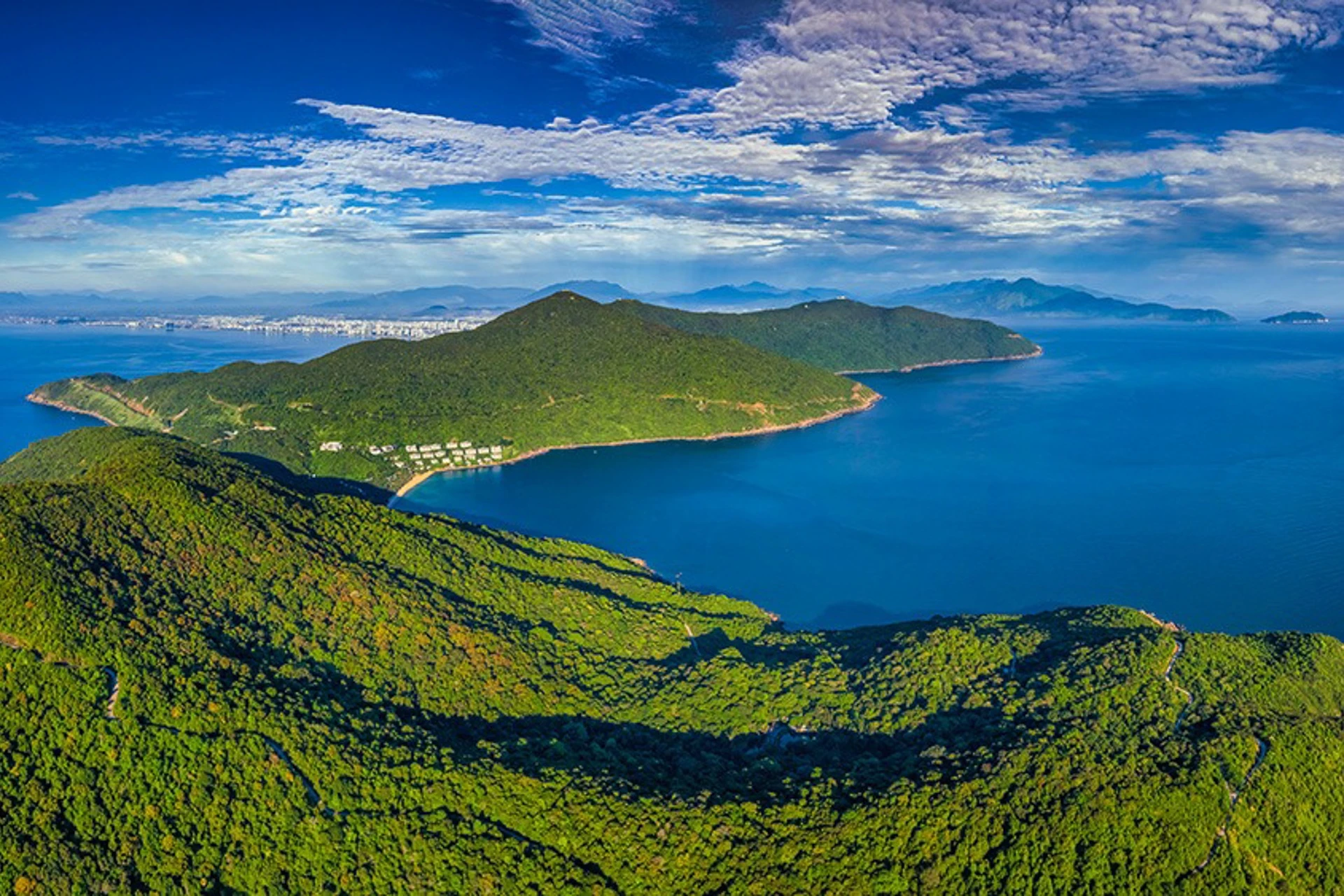 |
| Morethan 1,000 red-shanked douc langurs call the forested hills of Son Tra Peninsula home. |
Ba Be National Park (Bac Kan)
Besides being famous for the largest freshwater lake in Vietnam, Ba Be is also home to more than 80 species of wildlife and over 320 species of birds. Rare species include the dwarf loris, the Owston’s palm civet, the white-cheeked langur, and the Asian black bear. Trekking and boating tours on the lake are ideal for exploring wildlife during the dry season, from October to April.
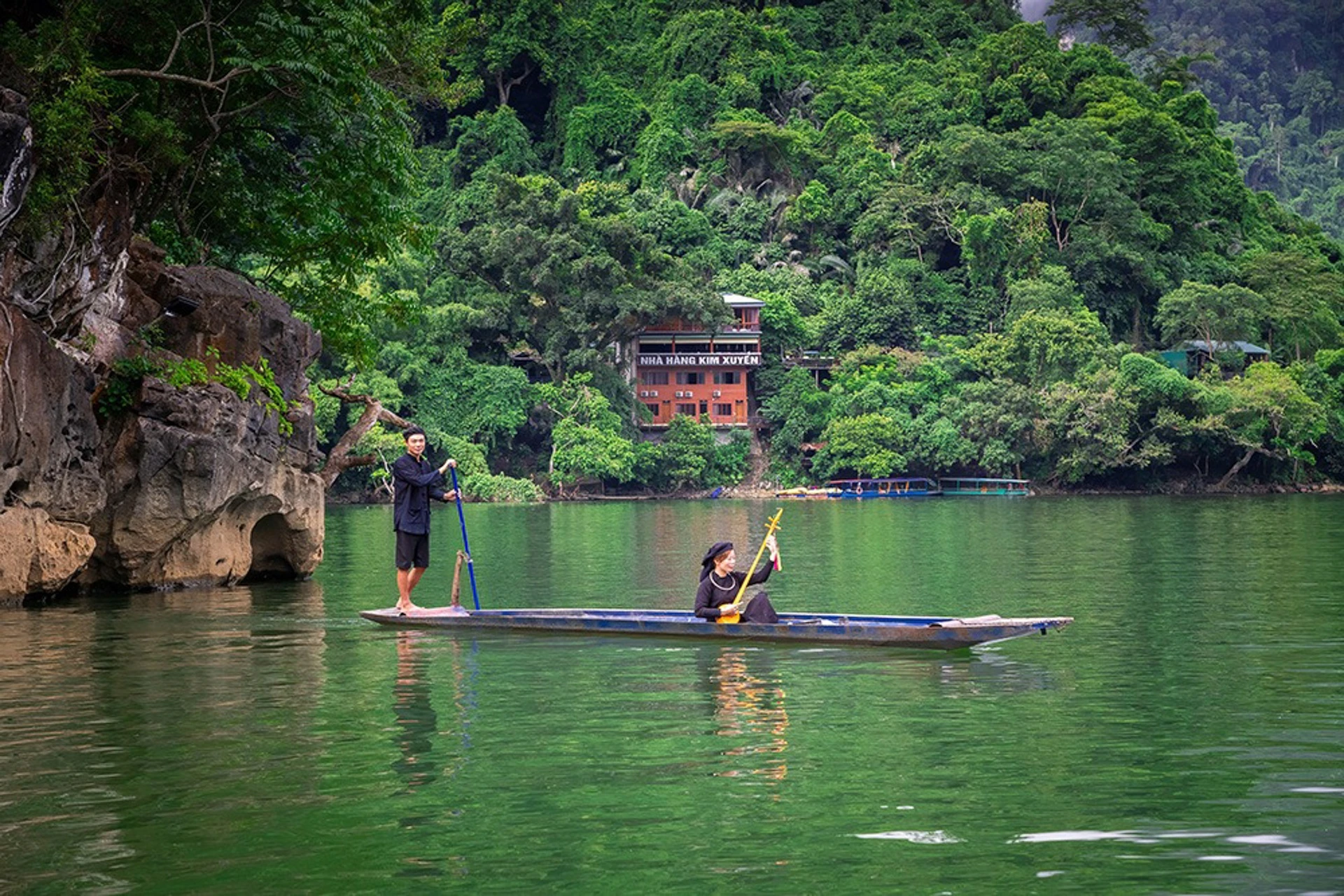 |
| Ba Be Lake is the largest natural freshwater lake in Vietnam. |
Truong Son Range
Stretching along the Vietnam-Laos border, the Truong Son range is a biodiversity hotspot with 134 mammal species and more than 500 bird species. This is where the saola – dubbed the “Asian unicorn” – was discovered in 1992. There are also Truong Son striped rabbits, red-crowned fowl and white-crested pheasants – species that are almost impossible to find elsewhere.
Visitors can explore the Truong Son ecosystem through National Parks such as Bach Ma (Hue), or join the adventure journey to the deep forest of Hang Ba in Phong Nha – Ke Bang (Quang Binh), organized by Oxalis Adventure.
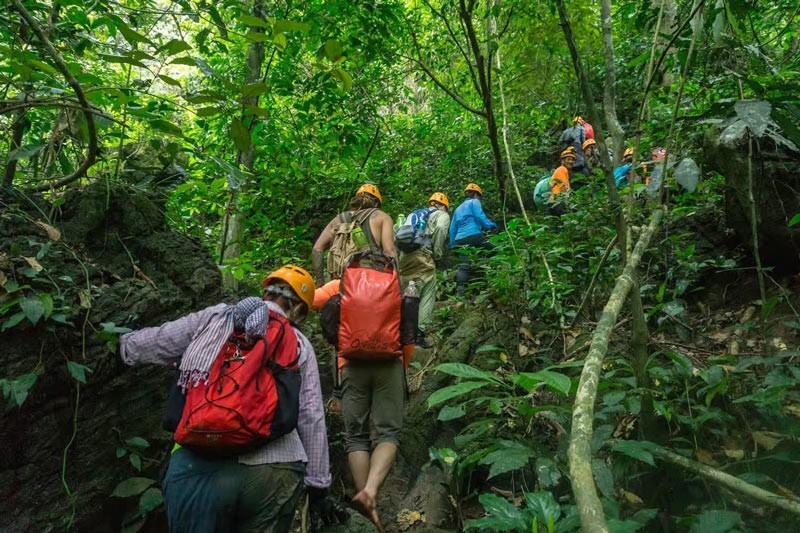 |
| Tourists on the way to explore caves in Phong Nha - Ke Bang National Park. |
Mekong Delta
The land of nine dragons – where the Mekong River flows into the East Sea – is a unique wetland ecosystem of Vietnam. Rare species such as giant catfish, hairy-nosed otters and red-crowned cranes all live here. Among them, Tram Chim National Park (Dong Thap) is a prominent destination for birdwatchers, especially in the dry season (from December to April).
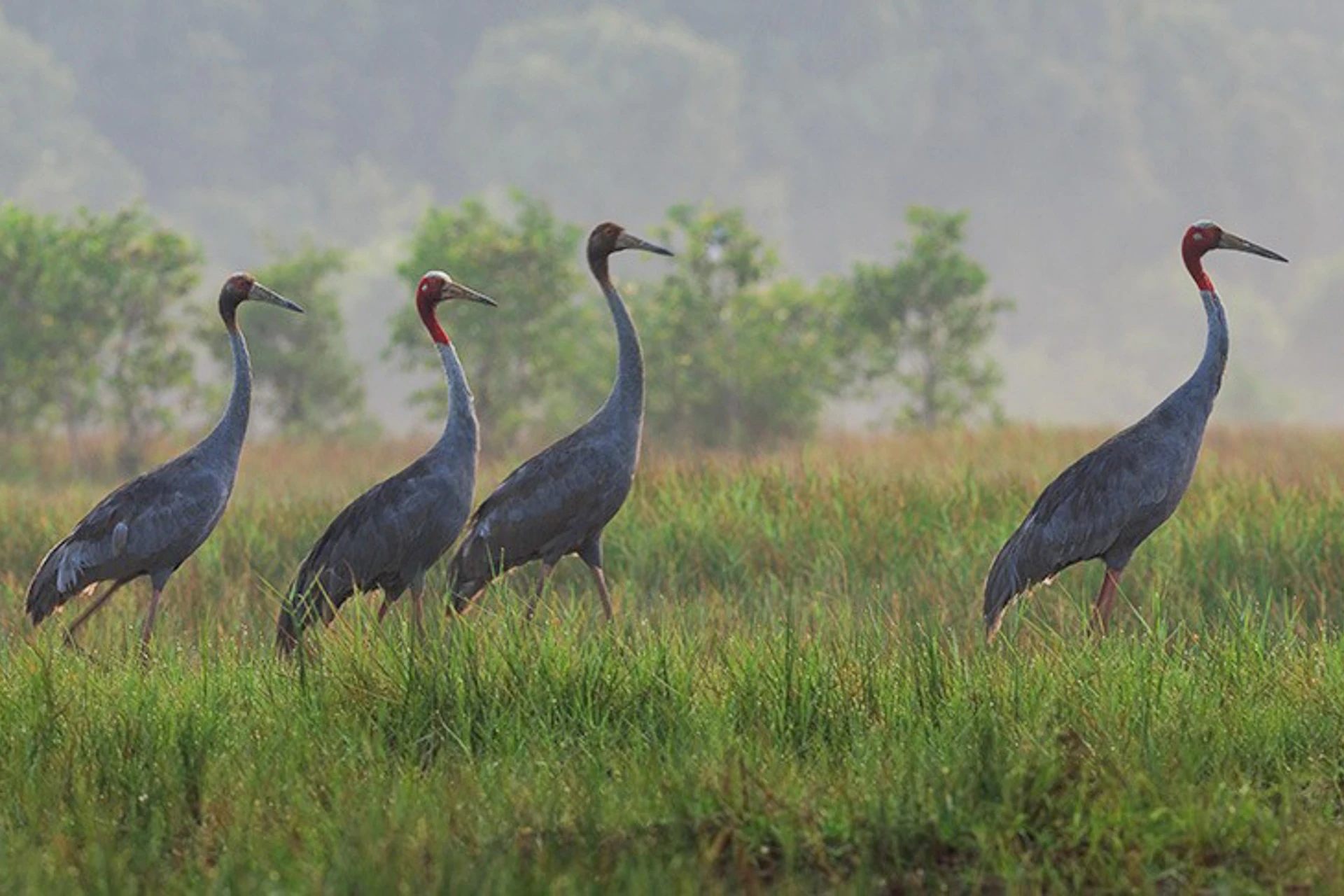 |
| You can see red-crowned cranes in Tram Chim National Park. |
Although not as heavily exploited as the world’s famous safari destinations, these sites are showing Vietnam’s great potential in developing sustainable ecotourism and biodiversity conservation. Efforts from the government, local communities and conservation organizations are contributing to shaping a new image for Vietnam – where wild nature remains intact and astonishing.
Read more
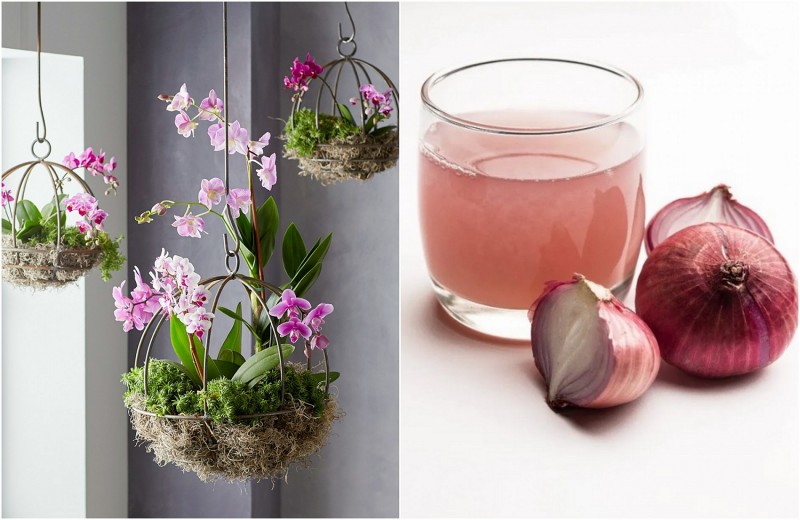

Bioponic vertical garden: When green sprouts in the heart of the city

Breakthrough mechanisms needed to promote biotechnology application in Hanoi’s agriculture

Fish robots: Technological solutions open the era of smart aquaculture
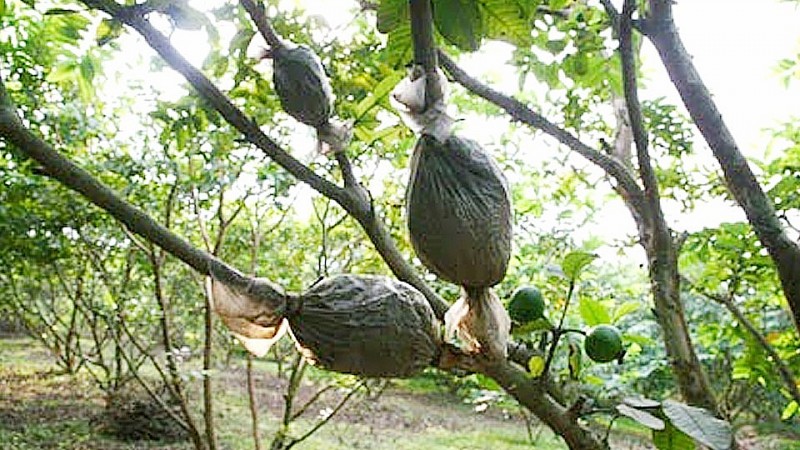
Air layering plants: An effective propagation method with great economic potential

Deteriorating air quality: Time for Hanoi to make bold investments in green spaces
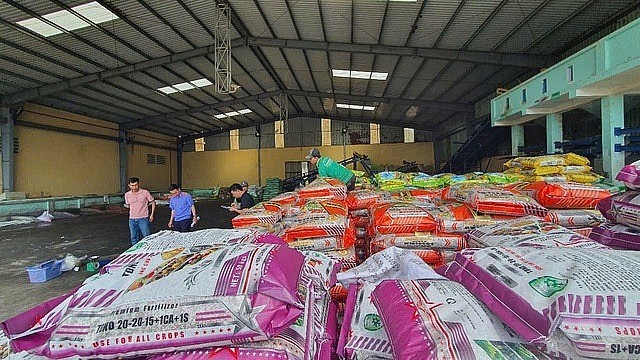
From fake fertilizers to green transformation: Opportunities in challenges

White Camellia: Nature-Healing Ornamental Treasure
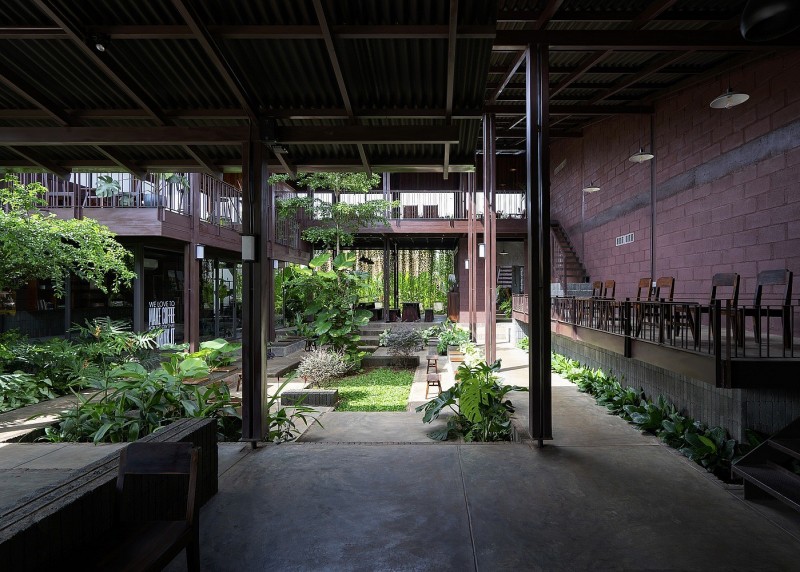
Coffee commune: A Green architectural space for community memory

Accompanying sustainable agriculture: Perspective from Agribank and opportunities for developing Vietnam's Ornamental Plants industry
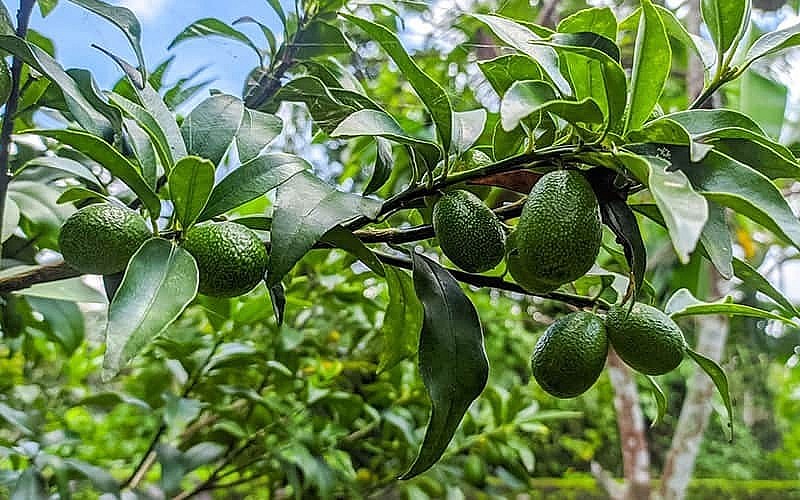
A superfruit widely grown in Vietnam, securing farmers stable income

STP Group: Nguyen Thi Hai Binh - The pioneer woman bringing the ocean into the circular economy and the journey of "connecting values - connecting the community"
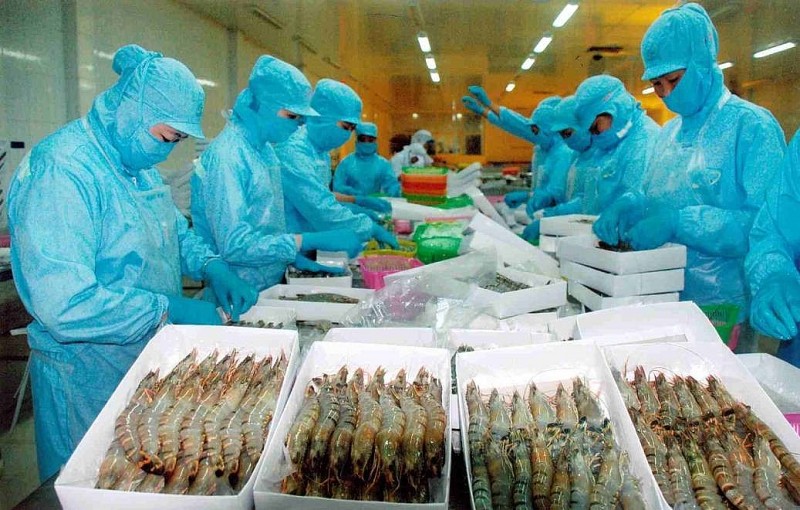
US imposes 46% reciprocal tax on Vietnamese goods: Risks and solutions for agricultural exports
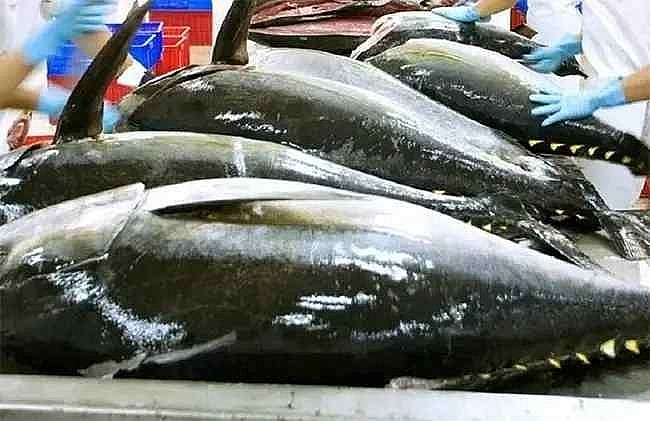
After durian, Vietnamese tuna emerges as a strong competitor to Thailand in global market
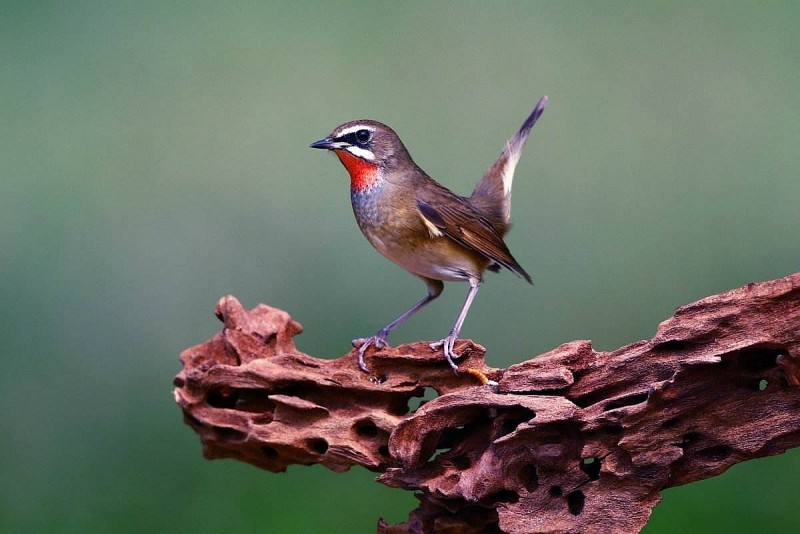
Discovering 4 bird species that have captivated the Chinese for centuries
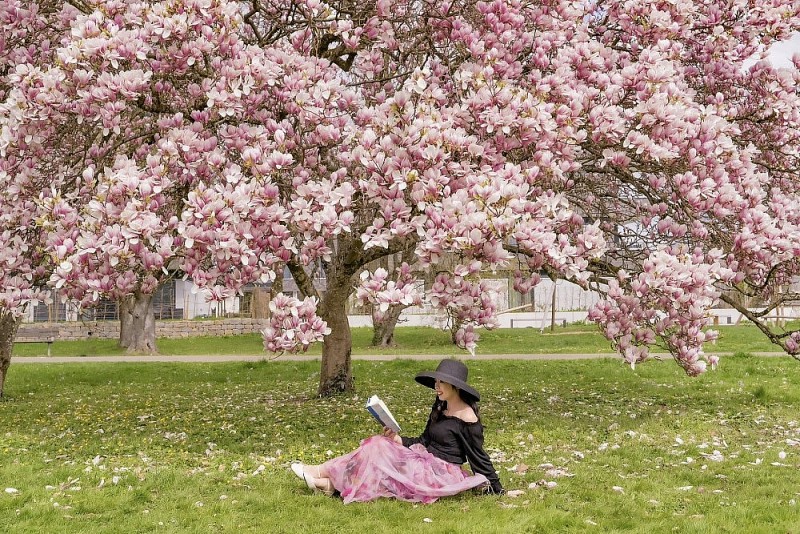
Vietnamese women and magnolia blooming seasons in Europe

Planting native species: A global trend for greener homes and bird-friendly spaces

56-year-old man living alone in the forest for 27 years with birds
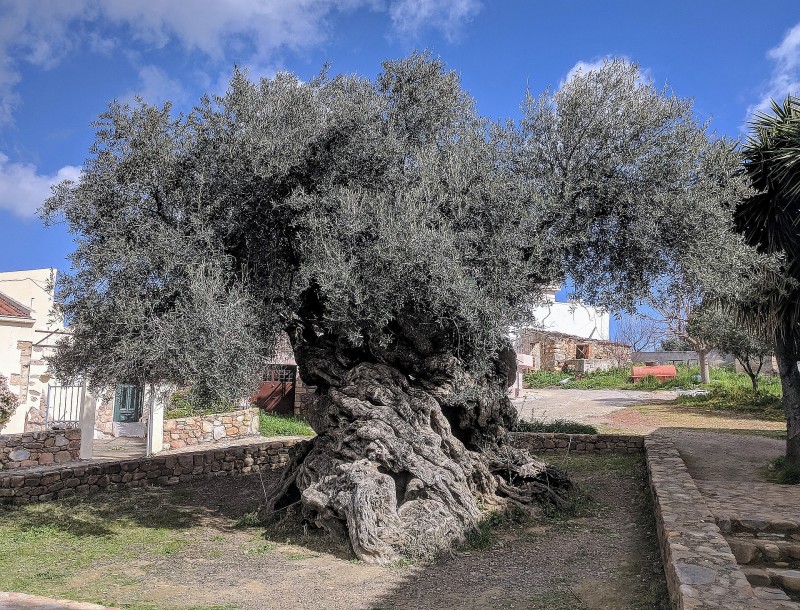
Gazing at a 5,000-year-old olive tree in Greece

Phong Nha - Ke Bang National Park: Revival of 7 rare Indochinese tigers
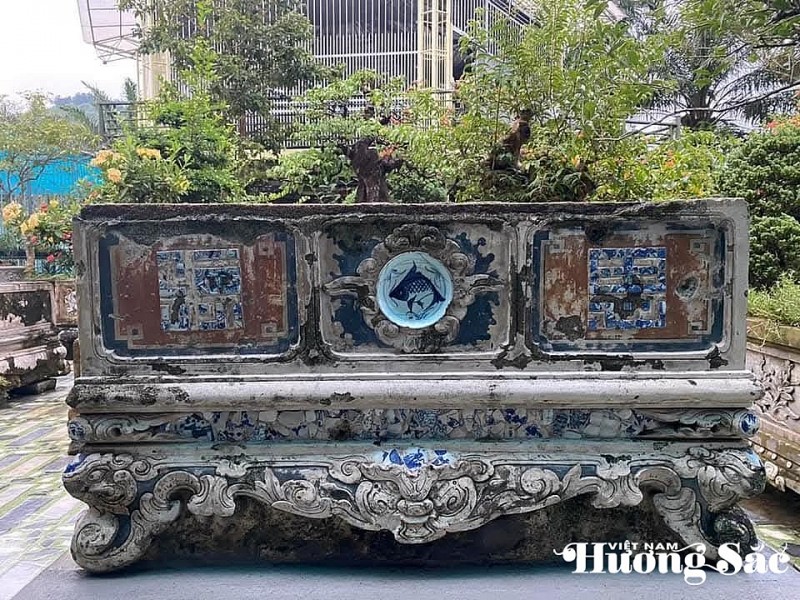
The 9X artist turns water hyacinth into living art
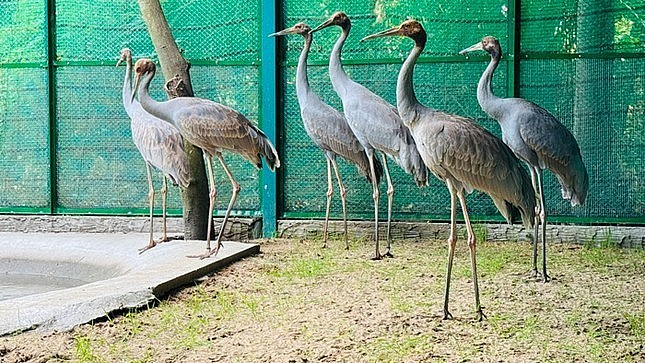
6 Sarus Cranes complete quarantine, set to return to Tram Chim National Park

Hong Loan Mai – The graceful charm of a bonsai beauty
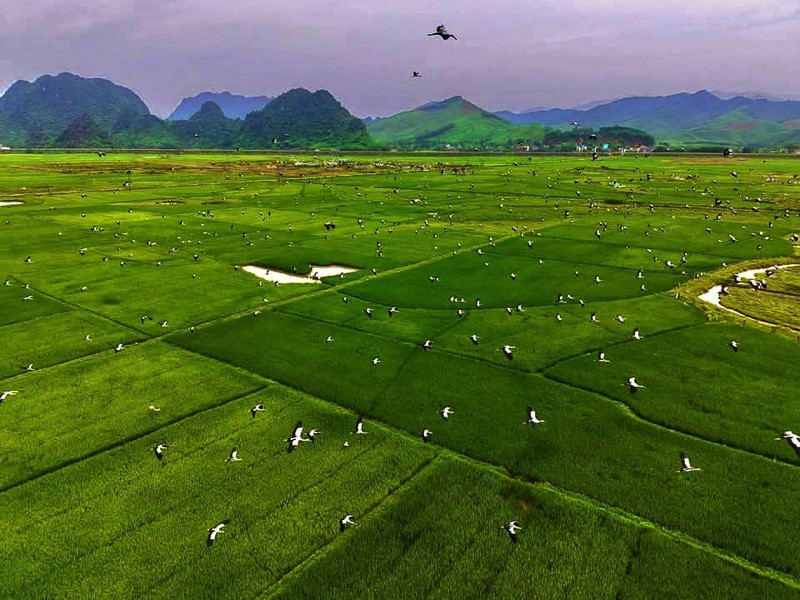
Endangered stork species making surprise appearance in Phong Nha - Ke Bang

Department of Crop Production and Plant Protection: "Orienting the total production value of flower and ornamental plant sector reach 70-75 trillion VND by 2025"

The 9X artist turns water hyacinth into living art

Over 1,000 artworks featured in the 2025 Expanded Ornamental Creatures Exhibition of Van Giang District

Endangered stork species making surprise appearance in Phong Nha - Ke Bang

Over 1,000 master bonsai trees gather in Quang Ngai, dazzling plant enthusiasts
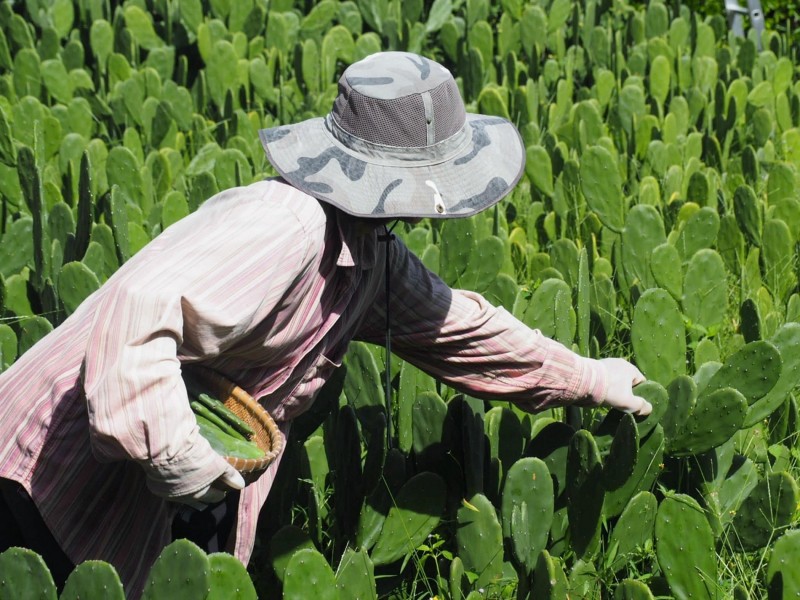
Leaving a $1,000 office job, engineer turns cactus into food and drink
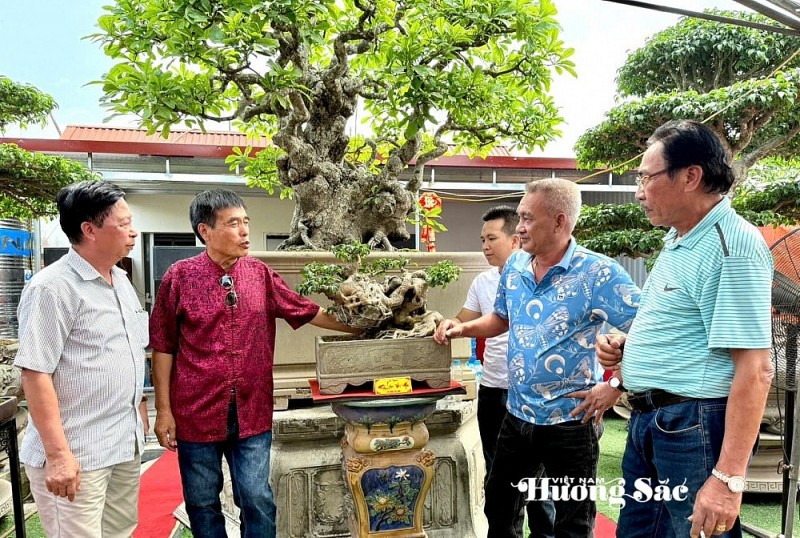
Hoa "Taxi" - A typical bonsai artist in Van Giang District, Hung Yen Province
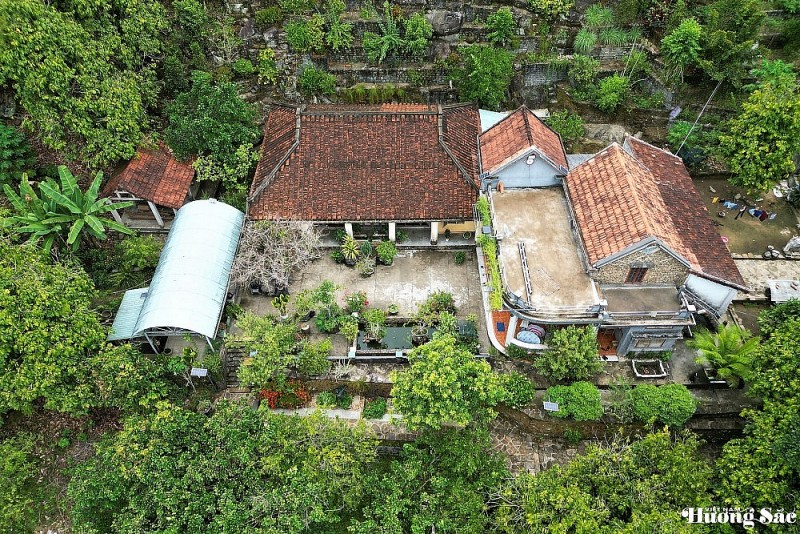
Look inside the million-dollar jackfruit wood ancient house in Quang Nam Province
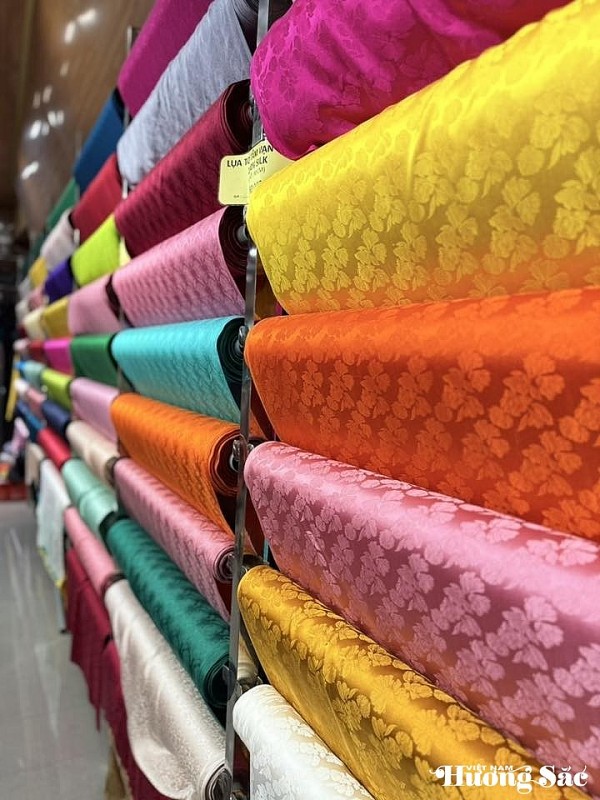
Van Phuc Silk Village: Weaving tranquility through memories and colors
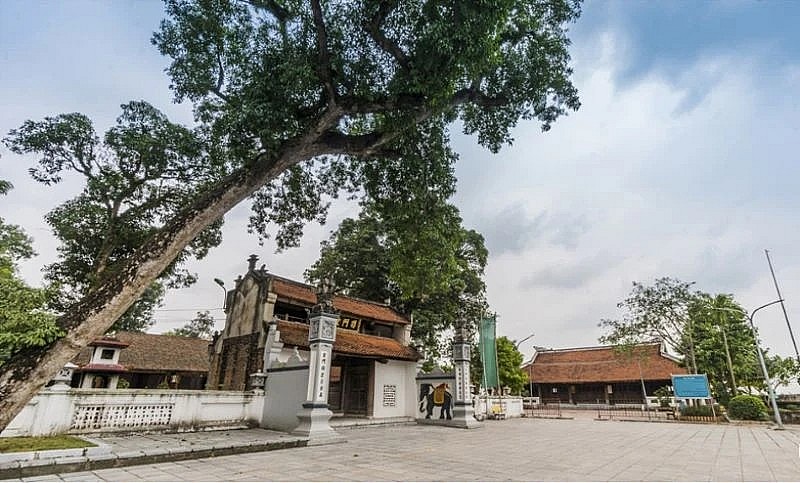
Exploring Hat Mon Temple in Hanoi
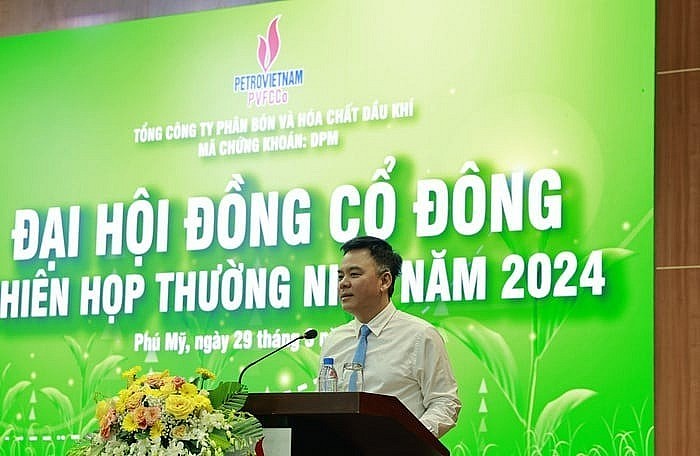
From the first granule of urea to a national brand: PVFCCo and its mission beyond the continent

STP Group: Nguyen Thi Hai Binh - The pioneer woman bringing the ocean into the circular economy and the journey of "connecting values - connecting the community"
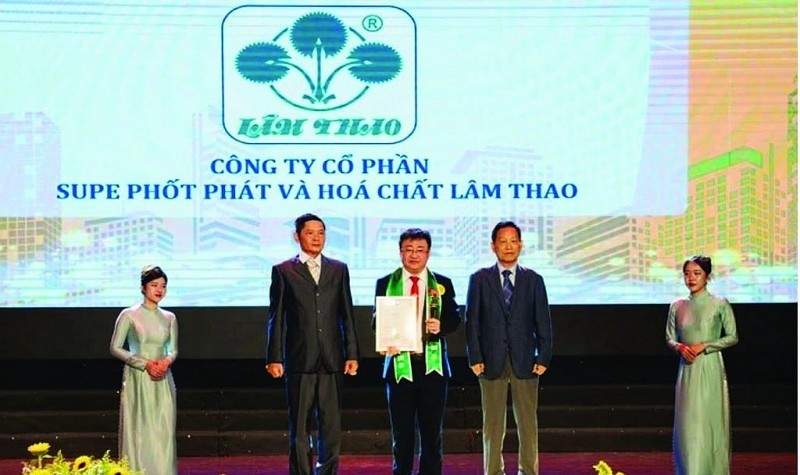
Toward the Celebration of the 63rd Anniversary of Lam Thao Superphosphate Company: From following President Ho Chi Minh’s wish to a national brand

Trailer introducing the special issue of Vietnam huong sac Magazine, published on May 19
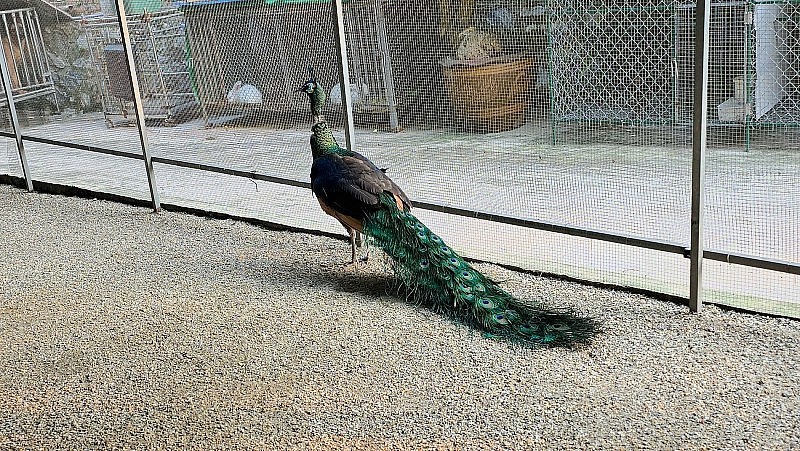
Surprised by rare songbirds at Dung Tan Center in Thai Nguyen Province
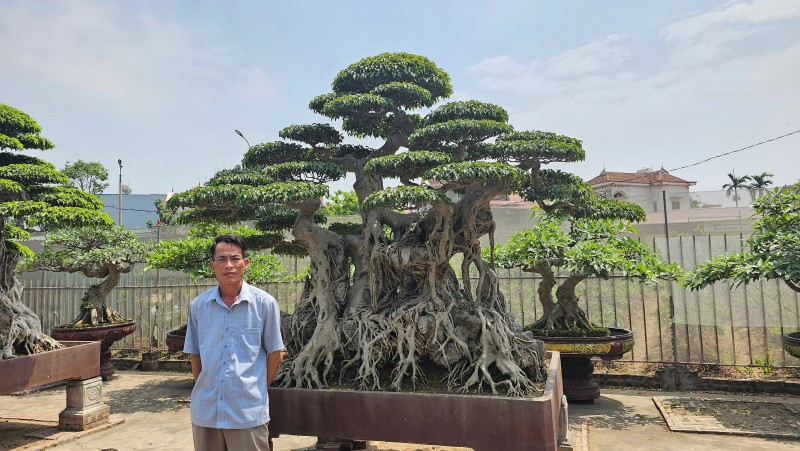
A passionate horticulturist committed to preserving the Sanh Da bonsai lineage in Hưng Yên

Look inside the million-dollar jackfruit wood ancient house in Quang Nam Province
